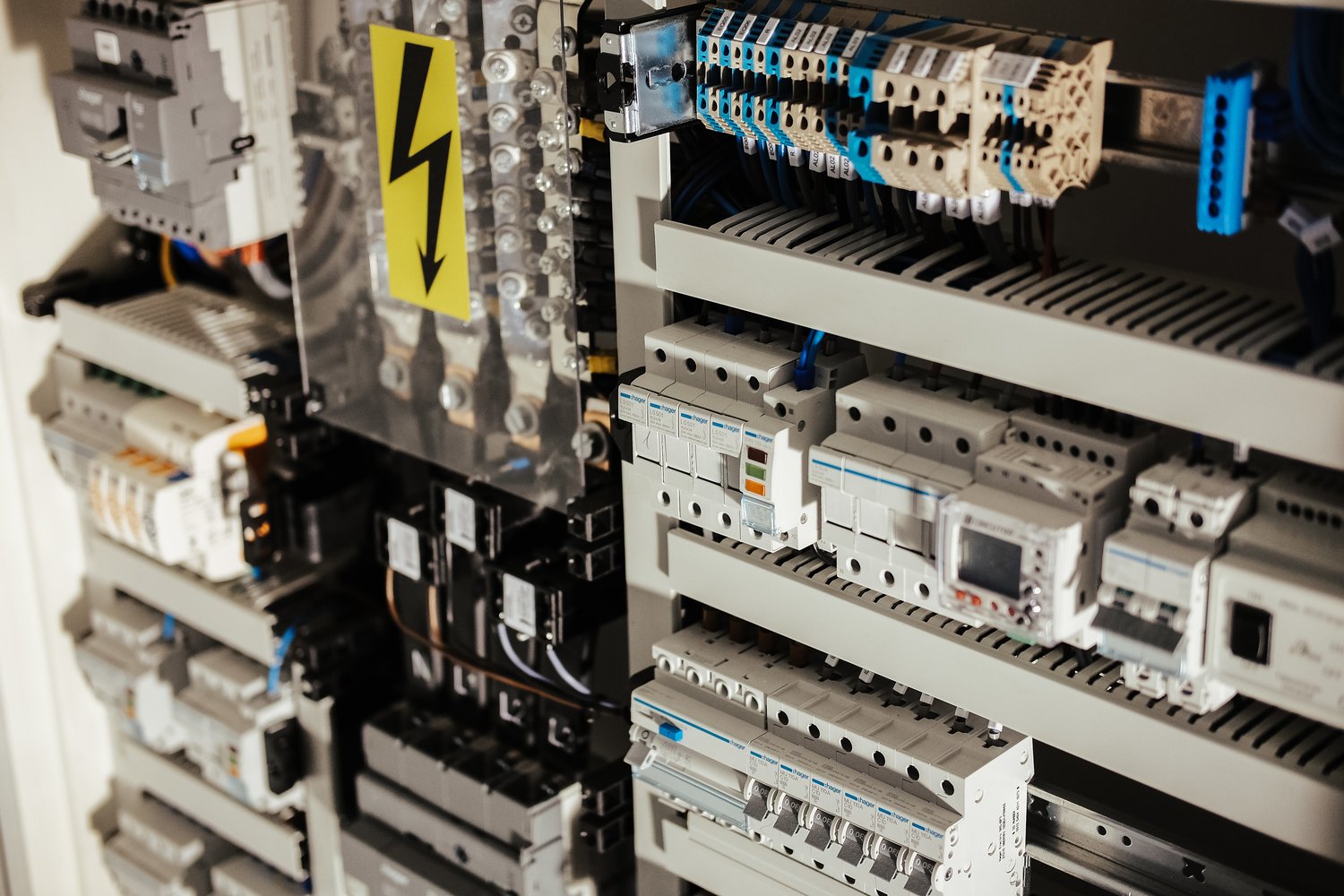Upgrading an electric panel is not just about meeting power needs; it’s a critical safety undertaking that requires precise planning and adherence to regulations. In today’s world, where energy consumption is ever-increasing, understanding how to calculate electrical loads and comply with safety codes can make or break your upgrade project. Get ready to delve into the essential aspects of electric panel upgrades, ensuring both safety and efficiency for your system.
- Load Calculation Essentials: Discover the fundamental principles of determining your panel’s electrical demand to safely meet both current and future needs.
- Techniques for Accurate Load Assessment: Explore different methods for accurate load calculations, including manual and cutting-edge software solutions.
- Safety Code Compliance: Uncover the key code requirements and compliance measures crucial for a legally sound and safe electric panel upgrade.
By understanding these critical components, you’ll be equipped to make informed decisions that align with legal standards, ensuring safety and efficiency throughout your electric panel upgrade process. Dive in to uncover how professional guidance can further enhance your project’s success.
Understanding the Basics of Electric Panel Upgrade Safety and Load Calculation
When considering an electric panel upgrade, it’s essential to grasp the fundamentals of load calculation. This process is crucial for determining the total electrical demand on your existing panel. Accurate load calculation ensures that the new panel can accommodate current and future power requirements safely and efficiently.
Every residential or commercial building has unique energy needs, and without a proper assessment, your electrical system might be prone to failures or inefficiencies. Identifying the correct load will help you avoid overloading circuits, which can lead to potential fire hazards or damage to electrical devices and equipment.
The importance of load calculation goes beyond basic safety. It plays a vital role in choosing the right specifications for your upgraded panel, allowing you to incorporate energy-efficient solutions that align with modern technology trends. Having a well-sized panel is not only a requirement for safe electrical operation, but it is also a key factor in optimizing energy use and reducing long-term costs.
Methods for Accurate Load Calculation
Implementing accurate load calculation methods is pivotal for ensuring safety in electric panel upgrades. These methods provide insight into the electrical requirements necessary to support your household or business operations smoothly.
Several techniques can be employed to achieve a precise load calculation. Manual methods often involve assessing the sum of the current ratings of all connected devices and appliances. This information can provide a basic overview, but it may not always account for fluctuating energy usage patterns or future needs.
For a more comprehensive assessment, many professionals turn to software-assisted calculations. These advanced tools offer detailed analytics that can help in determining the right panel size tailored to specific demands. By using software, you can simulate various scenarios to ensure your system’s capacity aligns with any planned upgrades or expansions.
Employing these methods not only ensures compliance with electric code standards but also enhances the longevity and functionality of your electrical system, providing peace of mind and safeguarding against unexpected power issues.
Adhering to Code Requirements for Electric Panel Upgrade Safety
When undertaking an electric panel upgrade, adherence to local and national code requirements is a crucial aspect that ensures both safety and compliance. These codes are designed to prevent potential electrical hazards and enhance overall safety within residential and commercial spaces.
A key component of electric panel upgrade safety is the National Electrical Code (NEC), which provides detailed guidelines for the installation and upgrading of electrical systems. By following these standards, you can significantly reduce the risk of electrical fires and other hazards that may arise from improper installations.
Local building codes may also have specific regulations that need to be considered. It is essential to familiarize yourself with these local requirements, as they might impose additional standards beyond what the NEC mandates. Working in collaboration with a certified electrician can help in navigating these codes effectively.
Moreover, obtaining the necessary permits for your electric panel upgrade is a legal requirement in many jurisdictions. These permits ensure that all work performed adheres to the prescribed safety standards and will be subject to inspections by local authorities to verify compliance.
In conclusion, thorough understanding and adherence to both national and local electrical codes are pivotal for ensuring the safety and legality of electric panel upgrades. Engaging with a professional electrician will aid in meeting these requirements, ensuring that your upgrade is both safe and code-compliant.
Frequently Asked Questions About Electric Panel Upgrades
Why is load calculation important for electric panel upgrades?
Load calculation ensures the panel can handle current and future power needs safely, preventing overheating and ensuring efficient performance.
What are common methods for calculating electrical loads?
Common methods include manual calculations based on appliance and circuit usage, as well as software-assisted tools for precise measurement.
What happens if the load calculation is incorrect?
Incorrect calculations can lead to overloaded circuits, tripped breakers, and potential fire hazards, compromising safety.
Which code requirements must be followed during an upgrade?
Upgrades should follow local building codes and the National Electrical Code (NEC) to ensure legal compliance and safety.
Can I perform an electric panel upgrade by myself?
It’s recommended to consult or hire a professional electrician to ensure the upgrade is performed safely and in accordance with code requirements.





